- +86 13837949030 +86 15890619536
- info@lymcbearings.com export@lymcbearings.com
- Luoxin Industrial Cluster, Luoyang City,Henan Province,China
These are the main components that provide the structural integrity and the primary load-bearing capacity of the bearing. The rings have mounting holes for easy installation and can be either toothed or smooth.
Lubricants (grease or oil) are crucial for reducing friction and wear between the rolling elements and raceways. Some slewing bearings come pre-lubricated, while others require periodic lubrication maintenance.
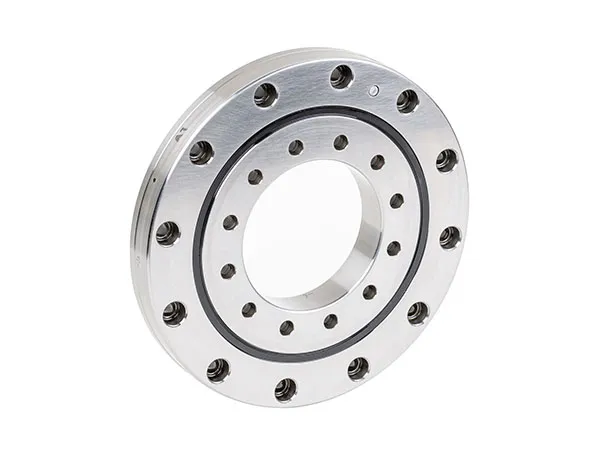
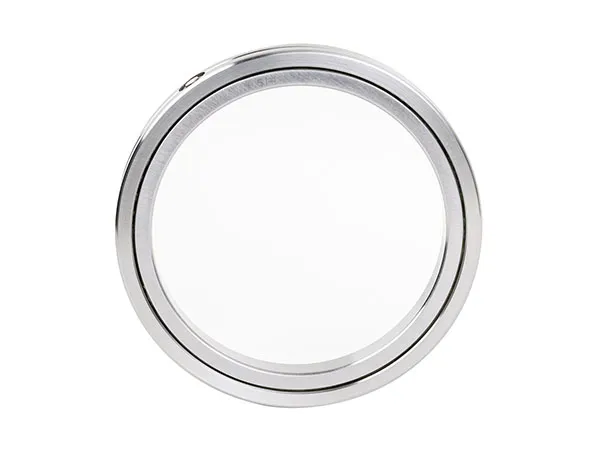
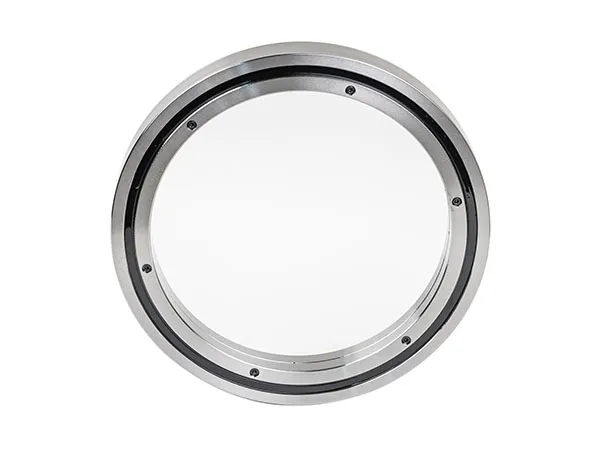
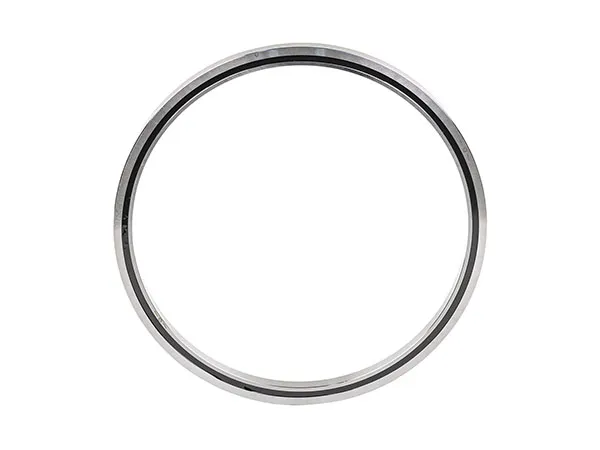
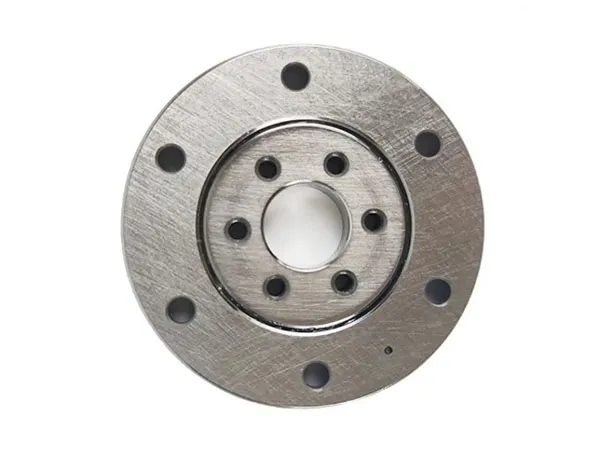
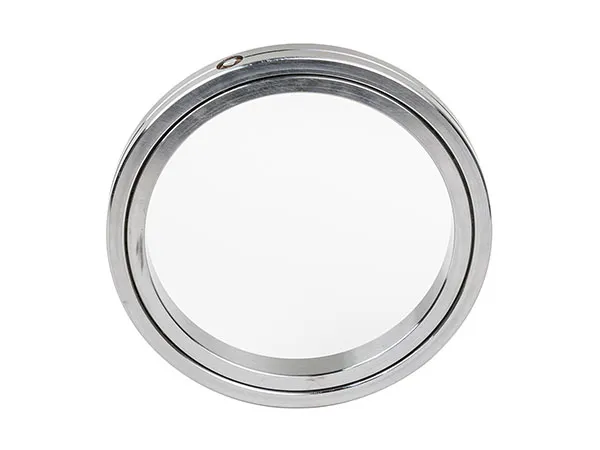
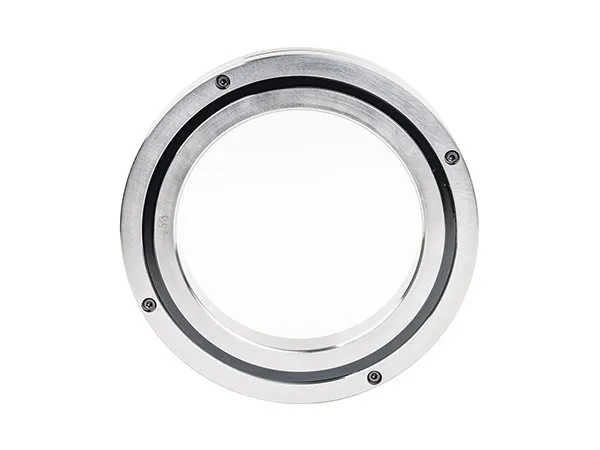
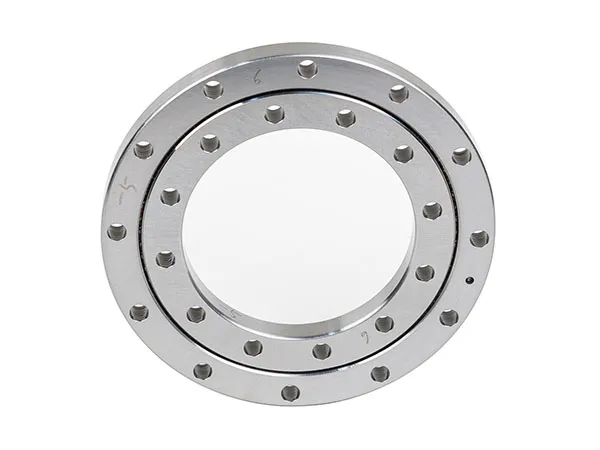
Structure: Composed of cylindrical rollers arranged orthogonally to each other, Crossed Roller Rings can support loads in multiple directions (radial, axial, and moment loads).
Load Distribution: The load is distributed evenly across the rollers, enhancing rigidity and load capacity.
Precision: The orthogonal arrangement of rollers minimizes rotational deflection and ensures smooth and precise motion.
Low Friction: Reduced contact surface between rollers and raceways lowers friction and allows for precise movement.
Space-saving: Crossed Roller Rings offer a compact design that combines high rigidity and load capacity, making them suitable for applications where space is limited.
Integrated Design: Many Crossed Roller Rings come as integrated units with inner and outer rings, simplifying installation.
Preloaded Models: Some models are preloaded, eliminating the need for adjustments during installation.
Various Sizes and Configurations: Available in a range of sizes and configurations to meet different application needs.
Material Options: Can be made from various materials, including stainless steel for corrosion resistance or other alloys for specific applications.
hermal Stability: Maintains performance over a wide range of temperatures, ensuring reliability in diverse environments.
Vibration Resistance: Designed to minimize vibrations, contributing to the stability of the entire system.